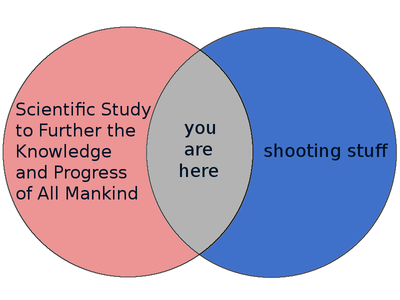Test Parameters
Ammo
Results
Conclusion
As part of ongoing efforts to explore the surprisingly fertile intersection between the fields of "scientific inquiry" and "shooting things," I decided to see what happens when .223 ammunition designed for expansion is fired into interior walls.

Inspiration came from the Box 'o Truth website where the author compared penetration of various rounds through simulated walls. Surprisingly, the least penetrative centerfire round turned out to be 55-grain .223--fully jacketed, no less. In some cases, these bullets passed through fewer walls than the canonical home-defense load of 00 Buckshot, thereby simultaneously blowing holes in both drywall and conventional wisdom.
In retrospect, it's not too surprising. Fast bullets are good at penetrating relatively thin rigid surfaces, such as metal, because they punch clean through before the metal has a chance to deform. But when passing through solid objects, speed becomes something of a liability. Viscous drag exerts a slowing force on an object proportional to its surface area times the square of its velocity, but that force translates into a reduction in speed in a manner directly proportional to the object's mass. These two factors combine mean that light and fast projectiles dump velocity much more readily than slow, heavy slugs.
Because surface area and coefficient of friction are factors in a bullet's propensity to slow down when passing through things, it made me wonder: What would happen to expanding .223 bullets if they hit drywall? Theoretically, expanding should increase surface area and therefore reduce penetration even further. But would it actually make enough of a difference to notice?
Referring to the Venn diagram above suggests that answering these questions will require hearing protection.
All Photos © 2009 B. Toombs
email: hidi.projects at gmail.com